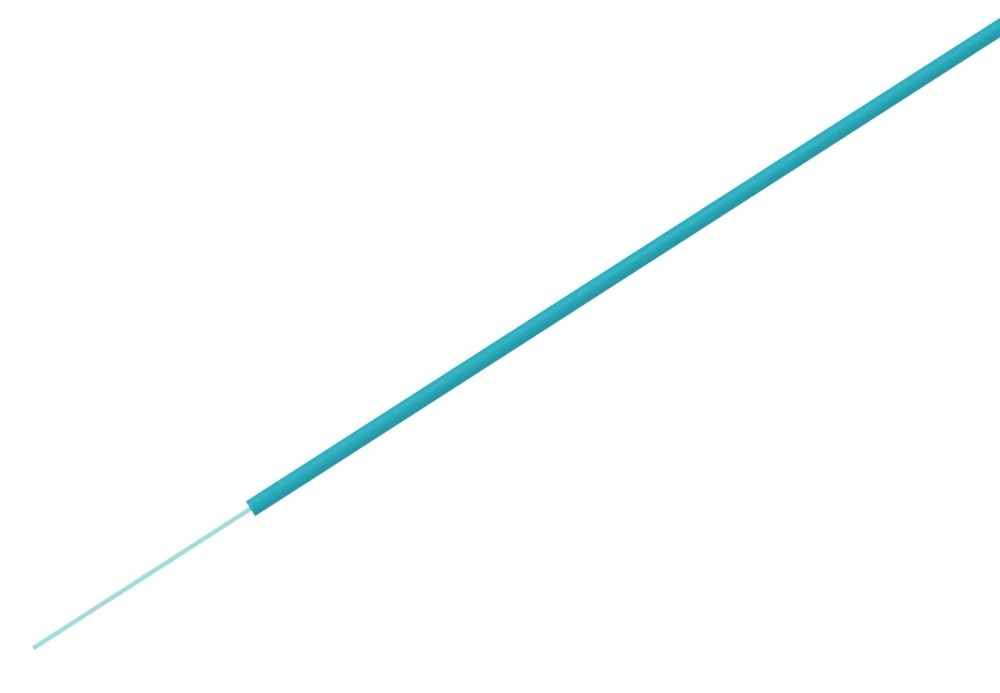Exploring the Role of Environmentally Friendly Outdoor Cables in Sustainable Development

In the modern world, there is an increasing emphasis on sustainability and environmental conservation. As we strive to protect the planet, every aspect of our lives should be examined, including the materials and products we use. Outdoor cables, which play a significant role in connecting infrastructure and supporting communication networks, are not exempt from this scrutiny. In this context, the importance of choosing green cables becomes crucial.
The Environmental Impact of Traditional Outdoor Cables
Traditional outdoor cables are often made from non-renewable resources and contain hazardous materials. These cables release a substantial amount of greenhouse gases during the manufacturing process. Additionally, their disposal poses a threat to the environment as they are not biodegradable. Consequently, the use of traditional outdoor cables contributes significantly to pollution and landfill waste.
The Benefits of Choosing Green Cables
Green cables, on the other hand, offer a sustainable alternative. They are specifically designed with environmentally friendly materials, resulting in lower carbon emissions during production. The use of renewable resources and the exclusion of harmful substances make green cables safer for both the environment and human health. Furthermore, these cables are biodegradable, reducing the overall amount of waste generated by the telecommunications industry.
By choosing green cables, organizations and individuals contribute to the reduction of their carbon footprint. This aligns with global sustainable development goals and demonstrates a commitment to environmental stewardship.
The Role of Green Cables in Promoting Sustainable Infrastructure
Green cables not only benefit the environment but also play a crucial role in ensuring the sustainability of infrastructure projects. Their durability and long lifespan reduce the need for frequent replacements, resulting in lower energy and resource consumption. Additionally, their efficient design minimizes signal loss and provides higher transmission rates, optimizing the performance of communication networks.
Furthermore, the use of green cables can contribute to obtaining green building certifications, such as LEED (Leadership in Energy and Environmental Design). These certifications enhance the reputation of infrastructure projects, attract environmentally conscious stakeholders, and open up new opportunities for sustainable partnerships.
Conclusion
Sustainability and environmental factors are fundamental considerations in today's world. The importance of choosing green cables in outdoor installations cannot be overstated. The shift towards environmentally friendly cables promotes a cleaner and greener future by reducing carbon emissions, minimizing waste, and ensuring sustainable infrastructure. By selecting green cables, we can make significant strides towards creating a more sustainable and environmentally conscious society.



